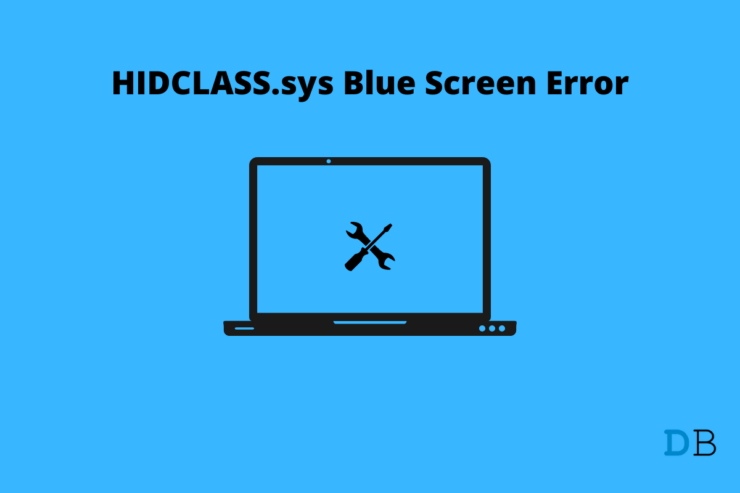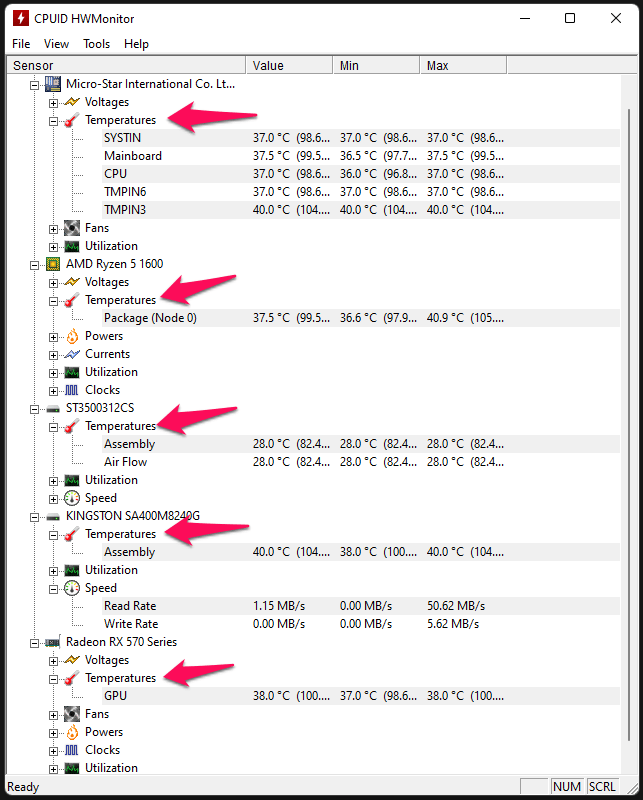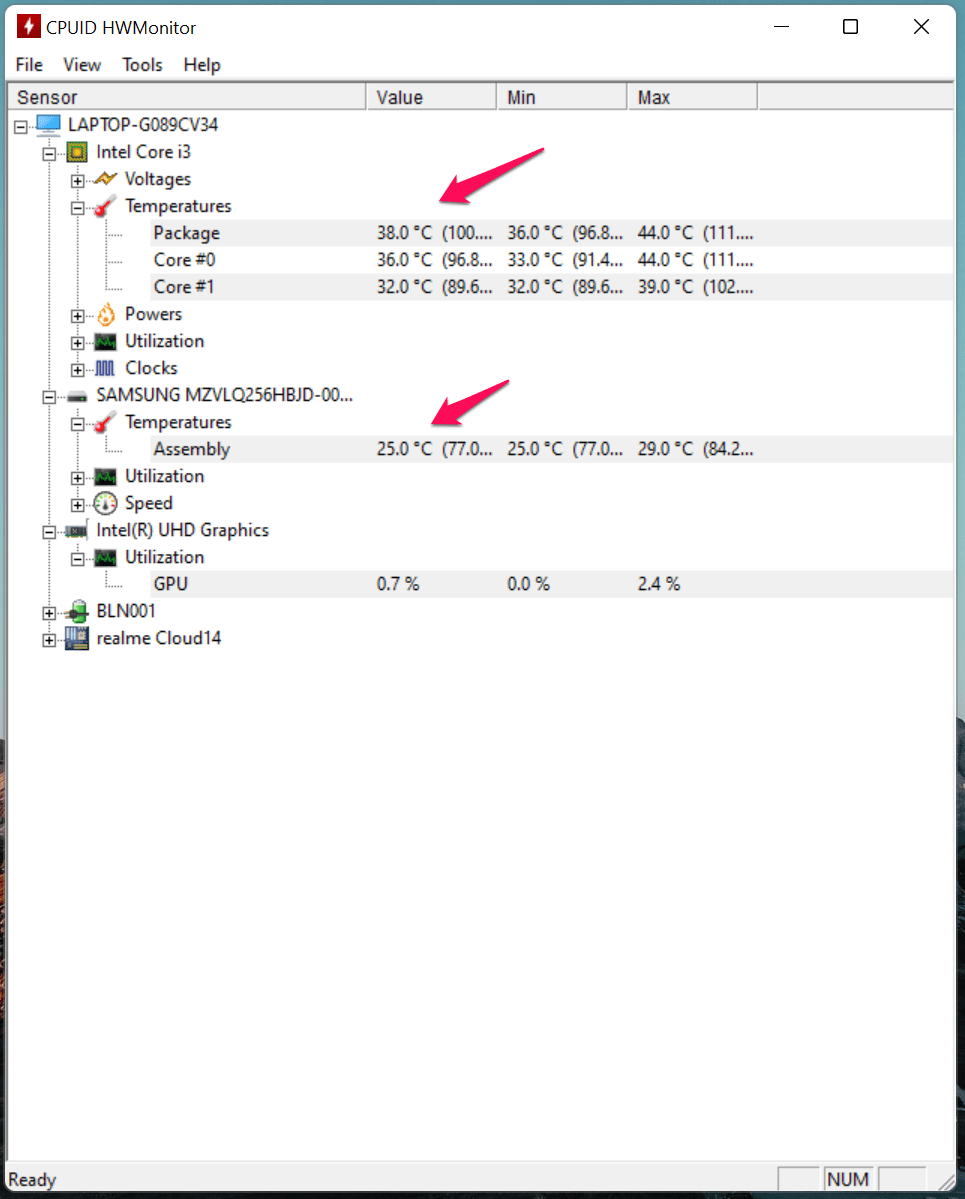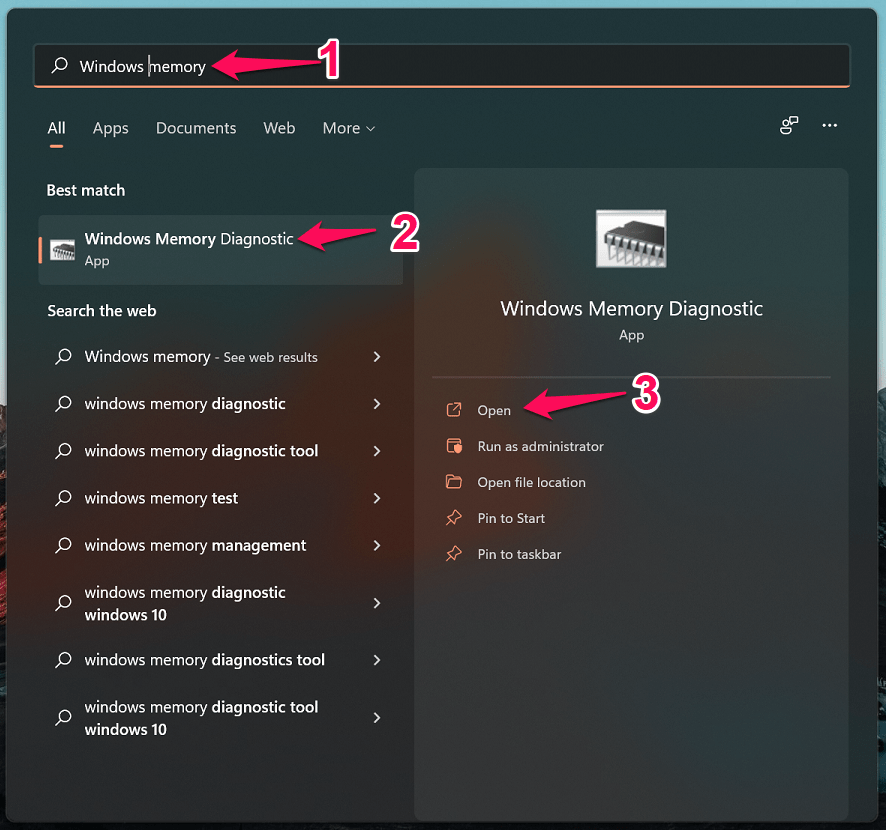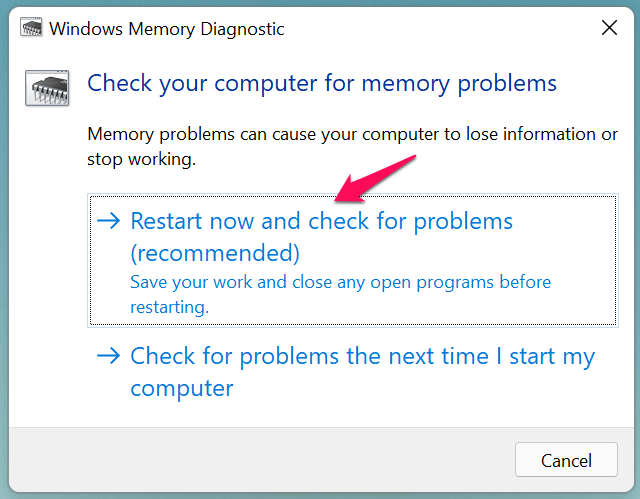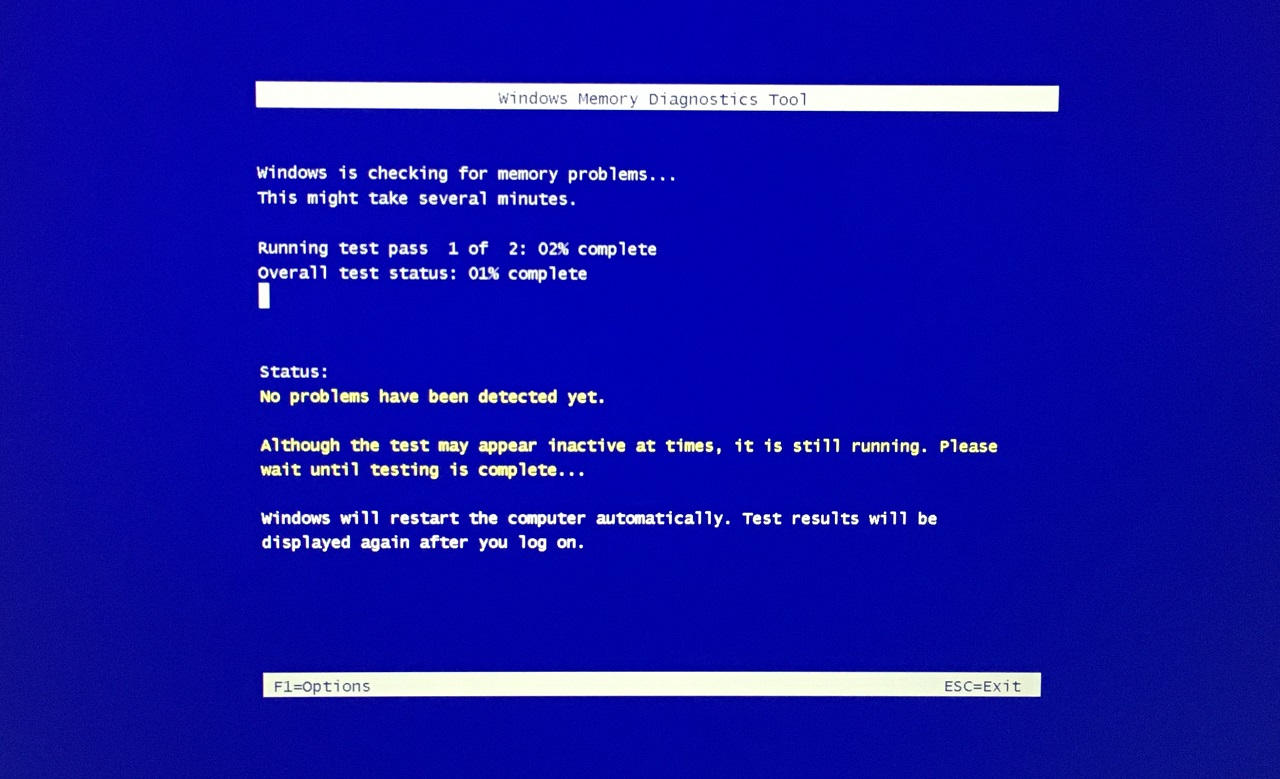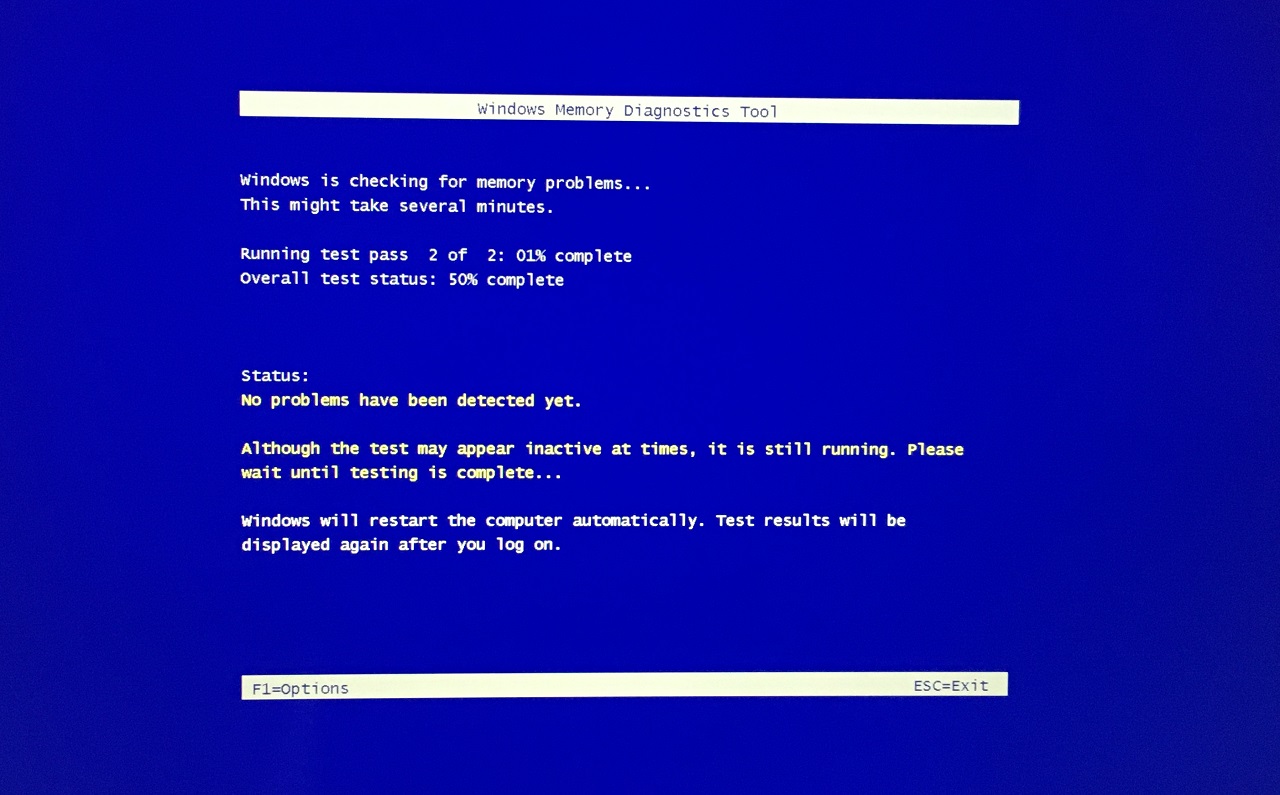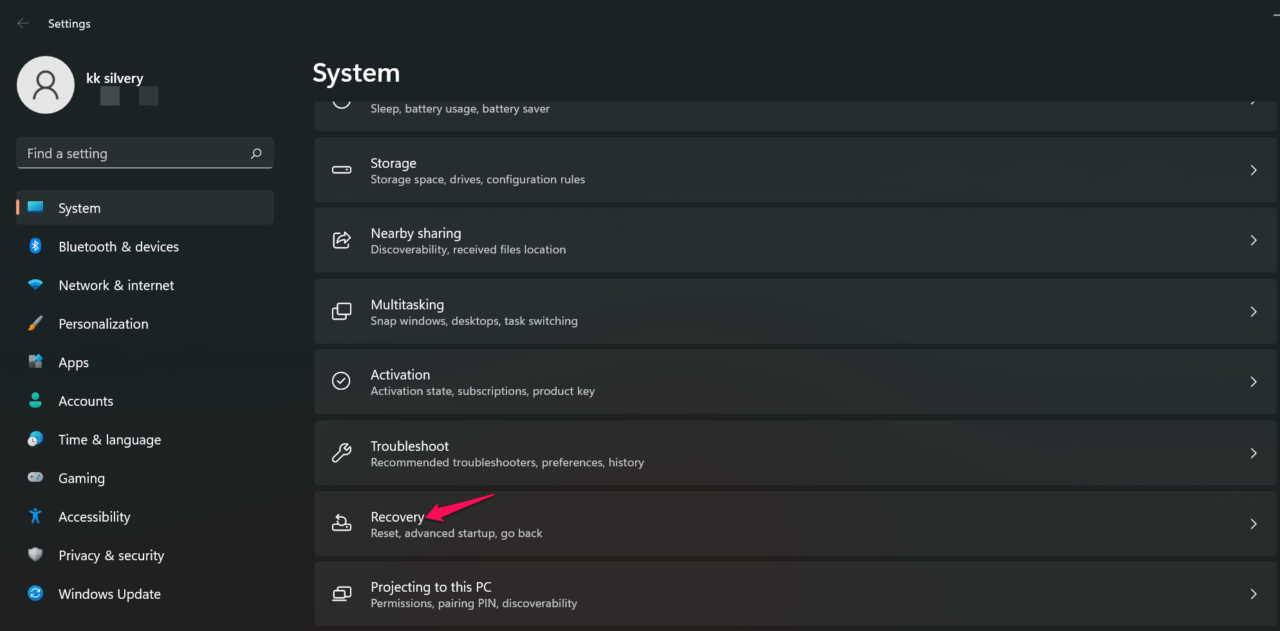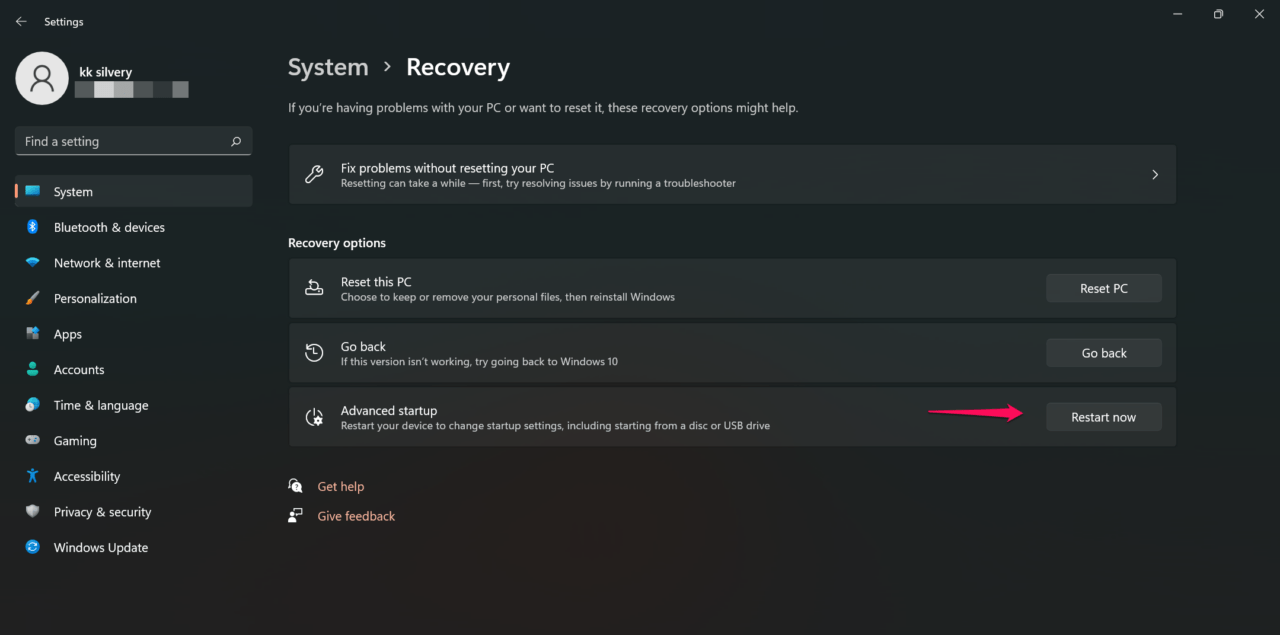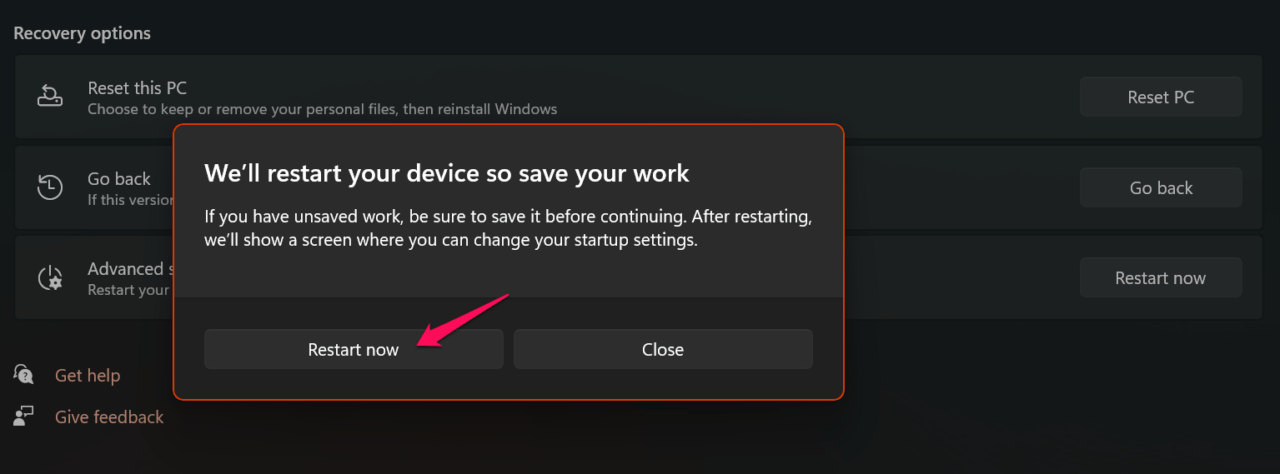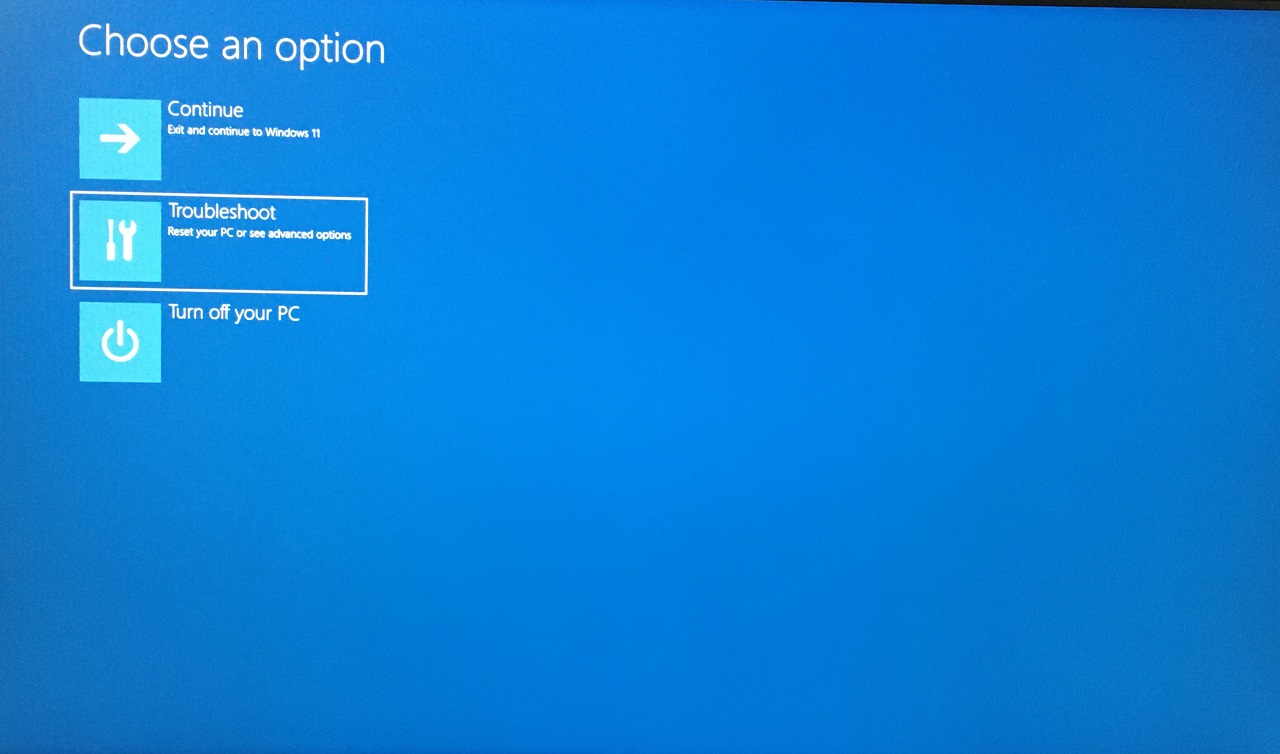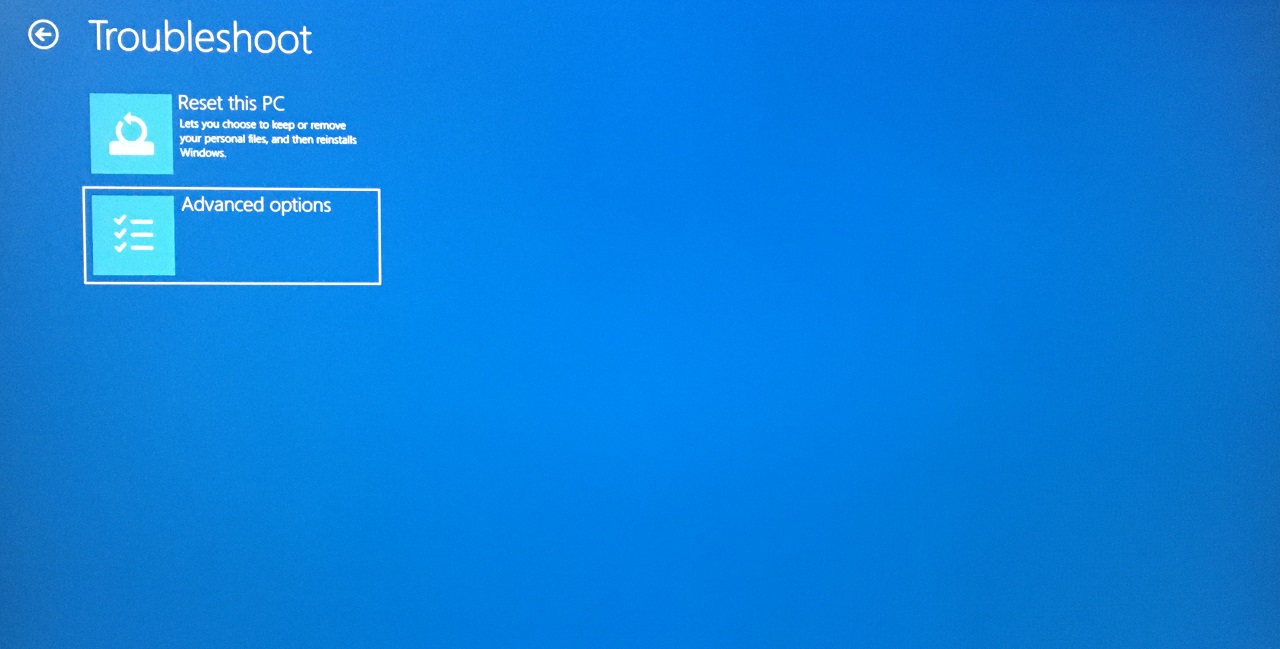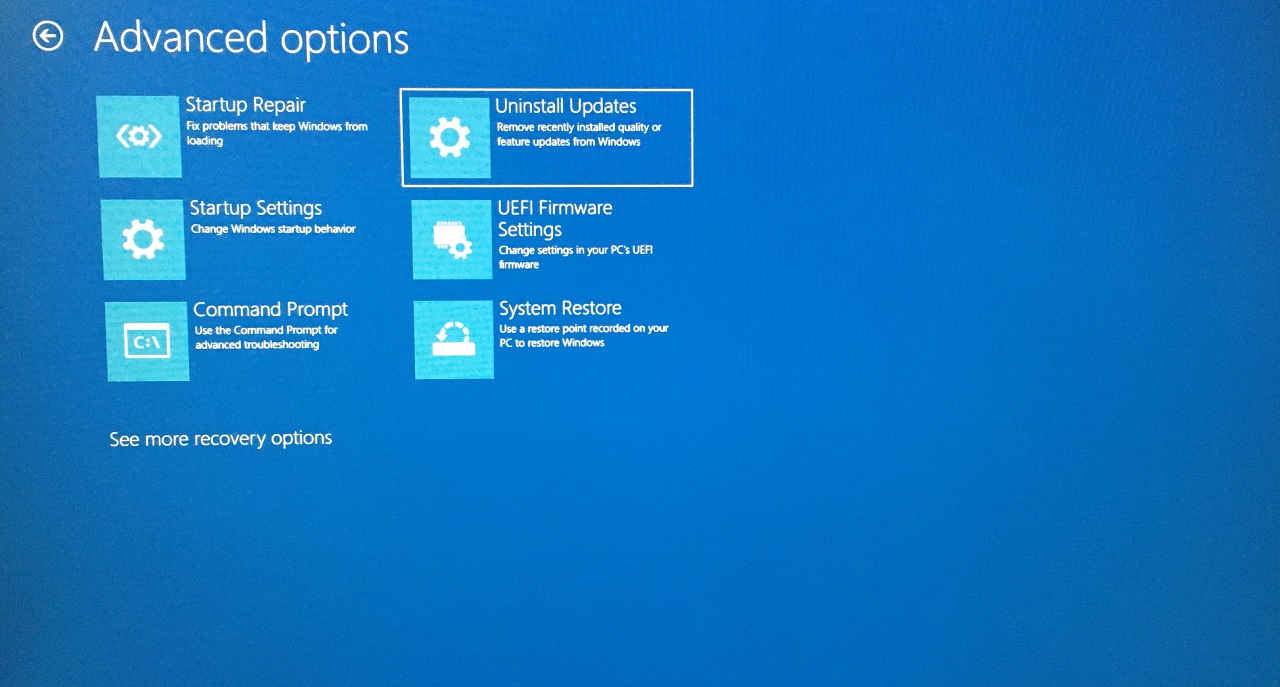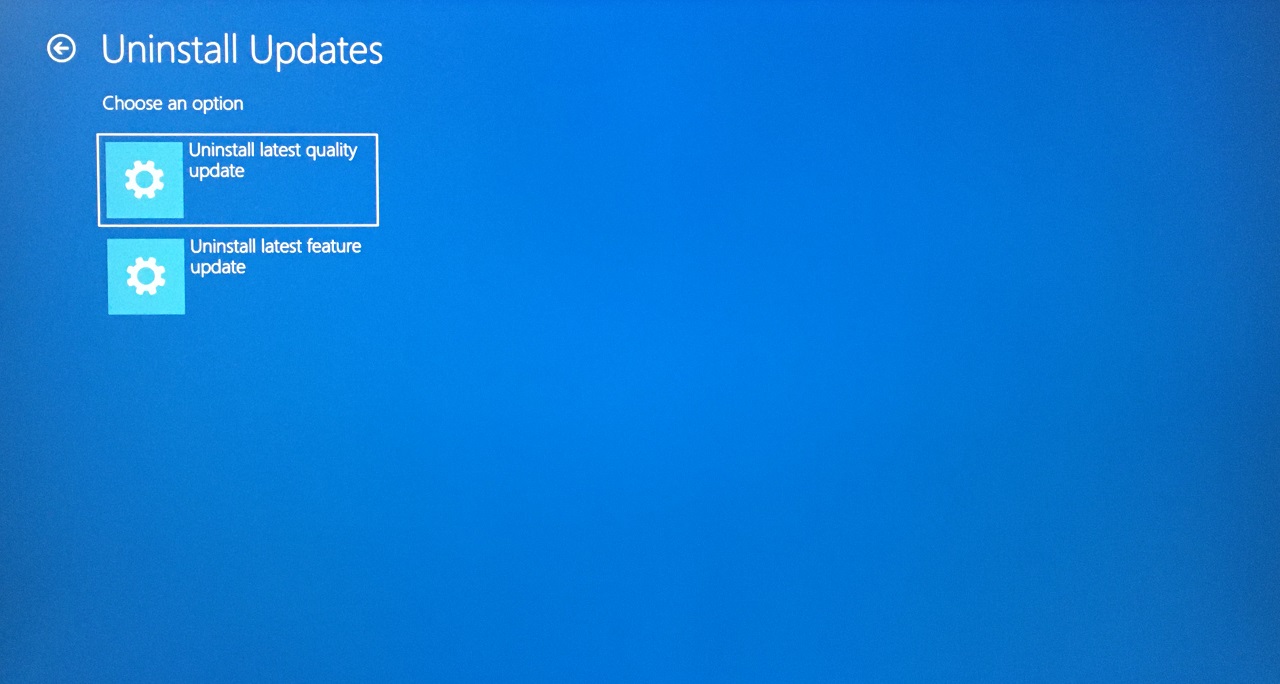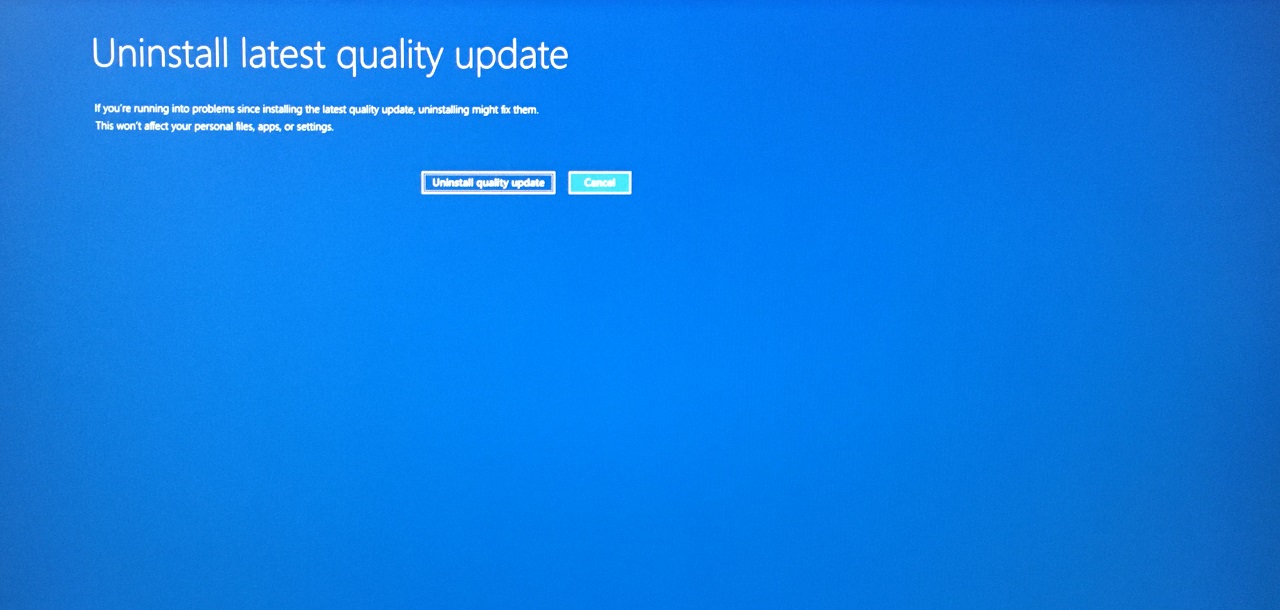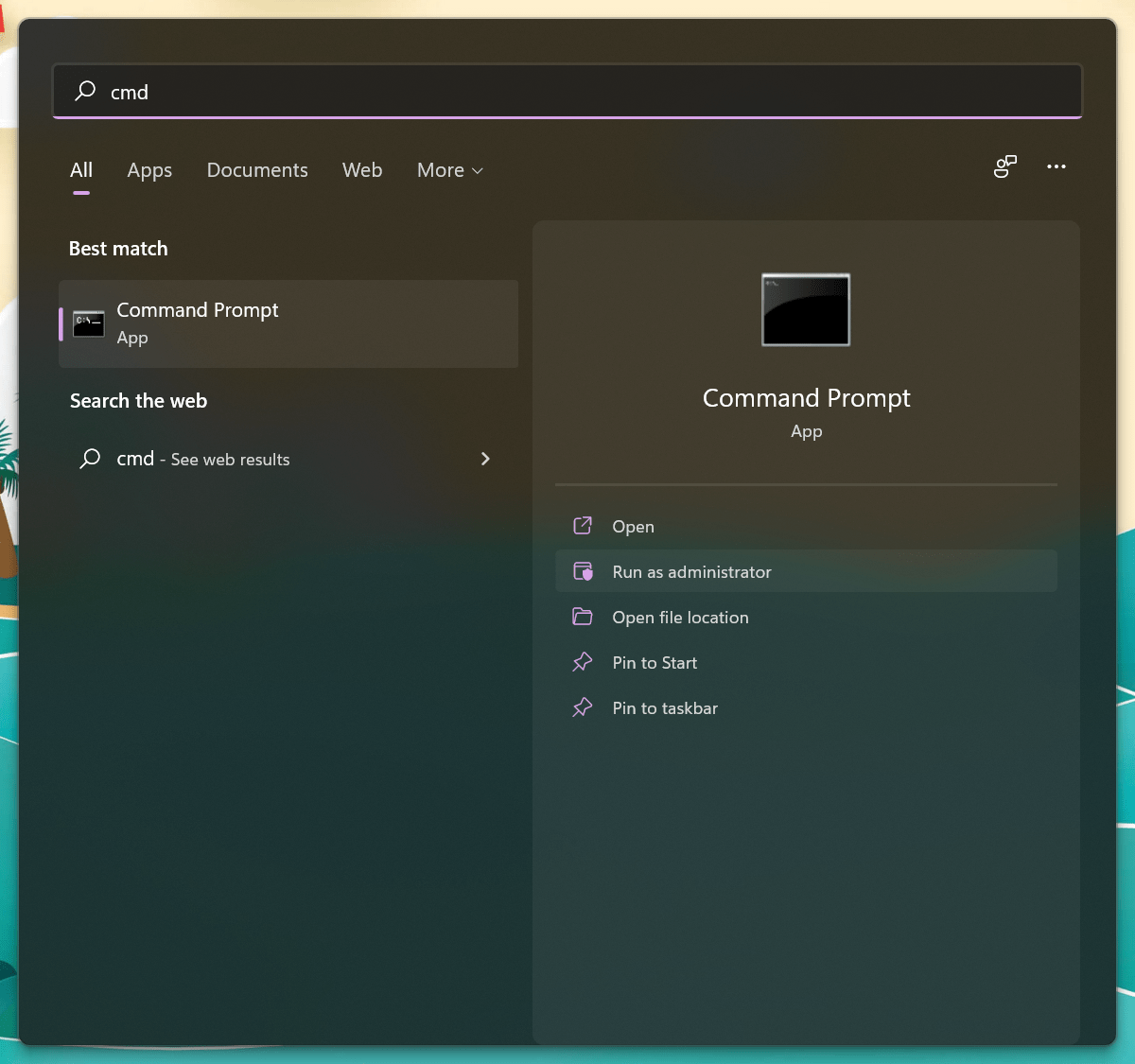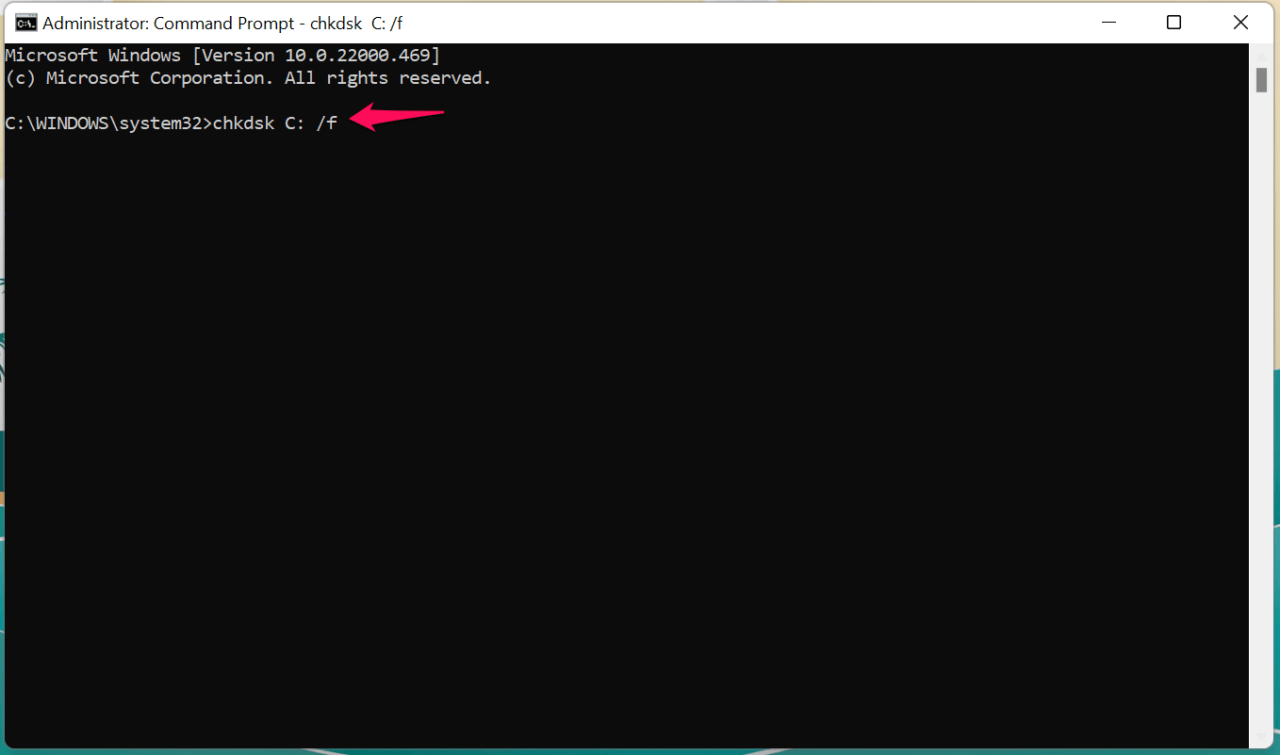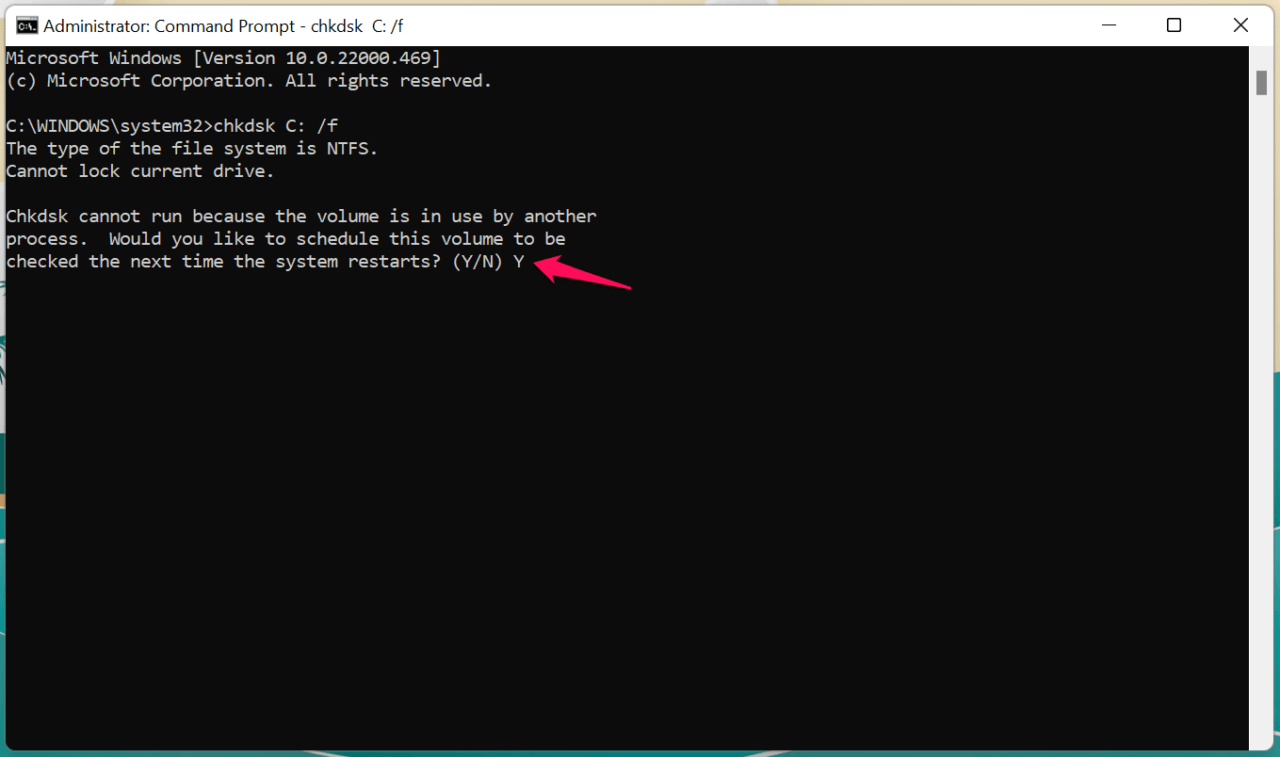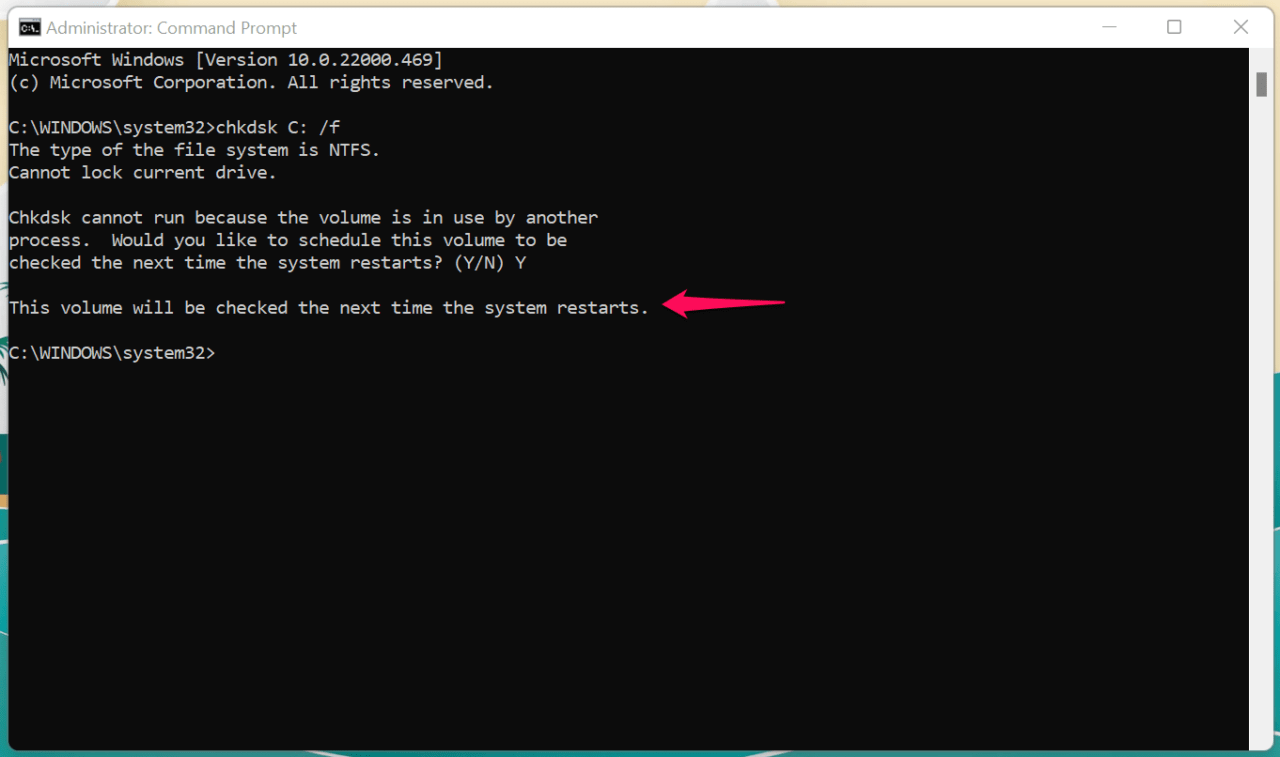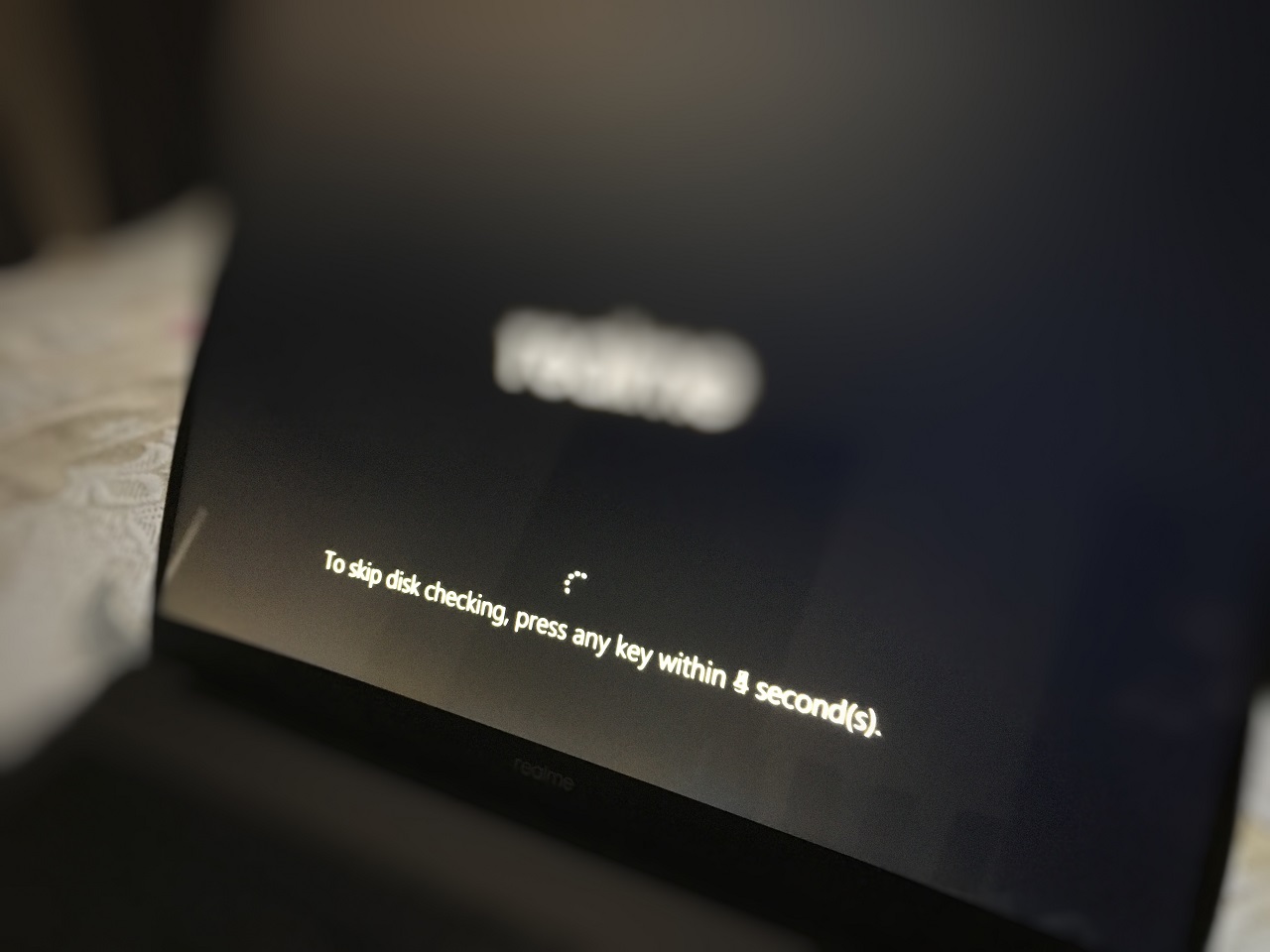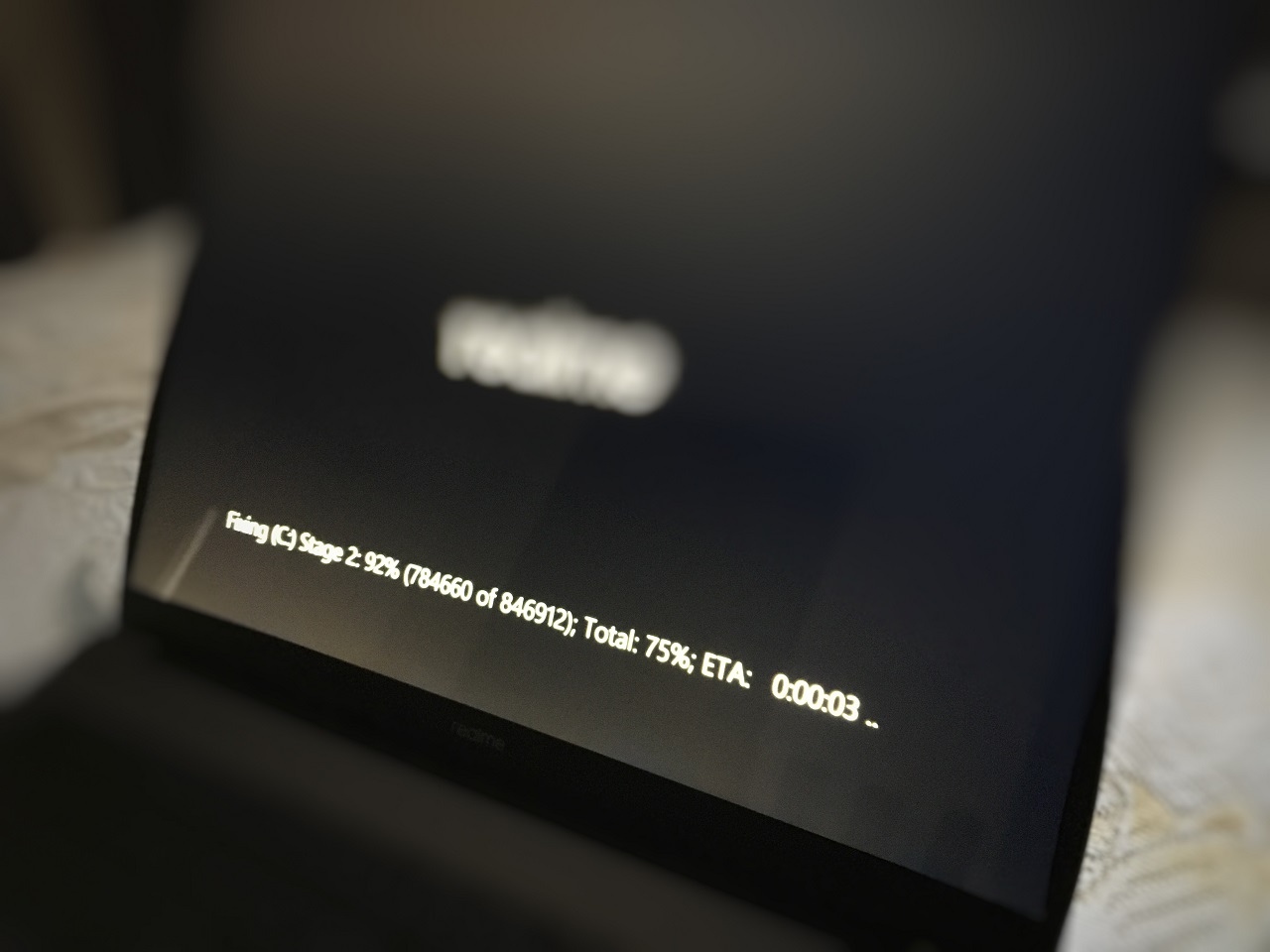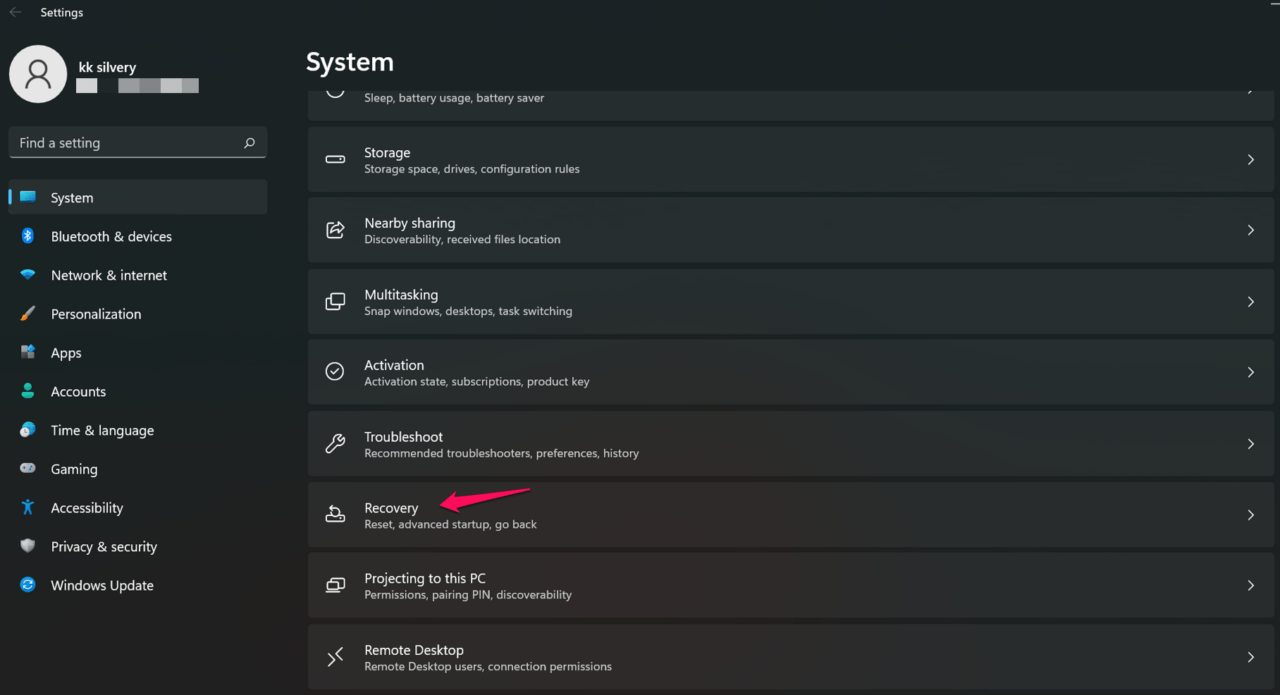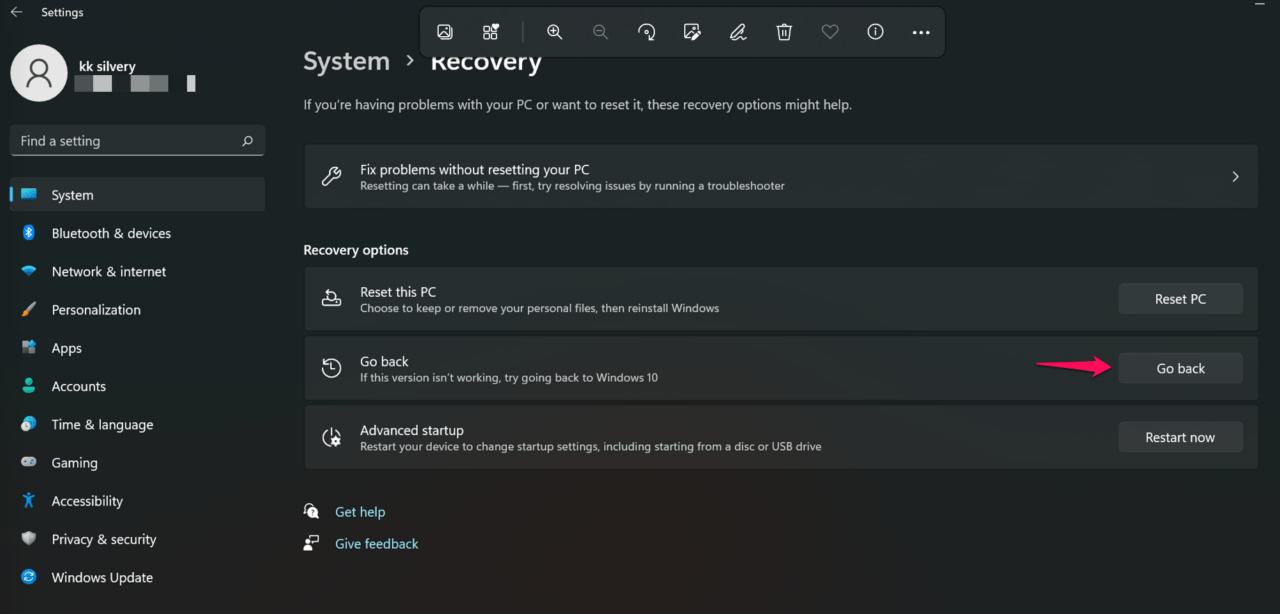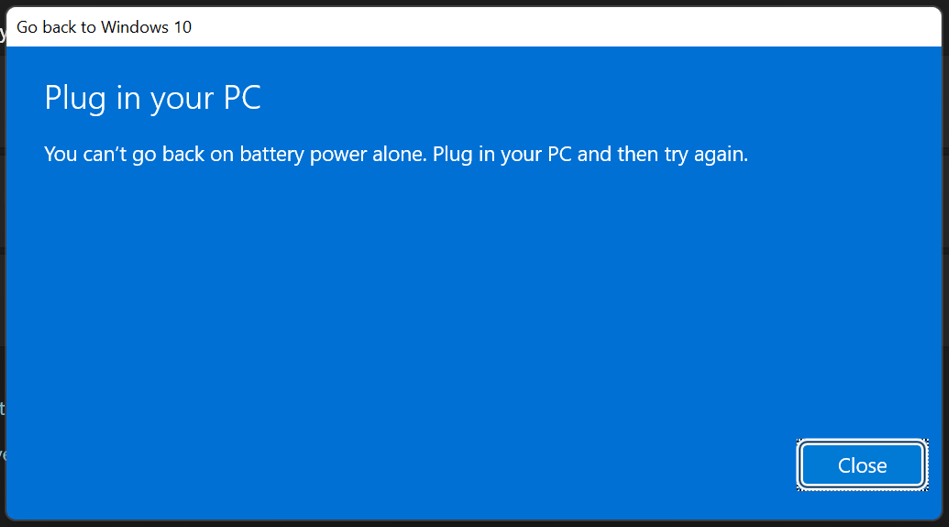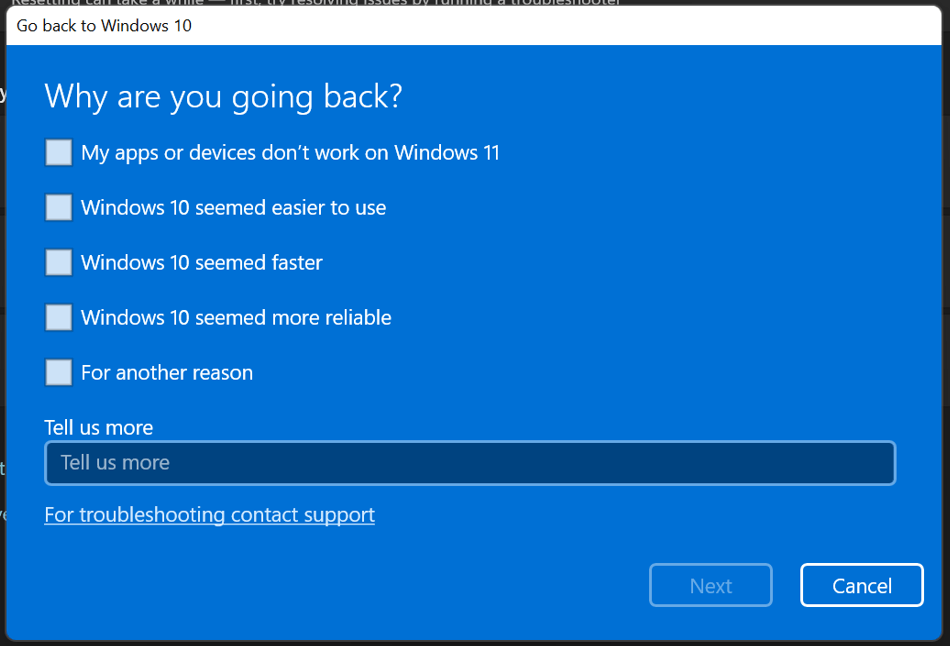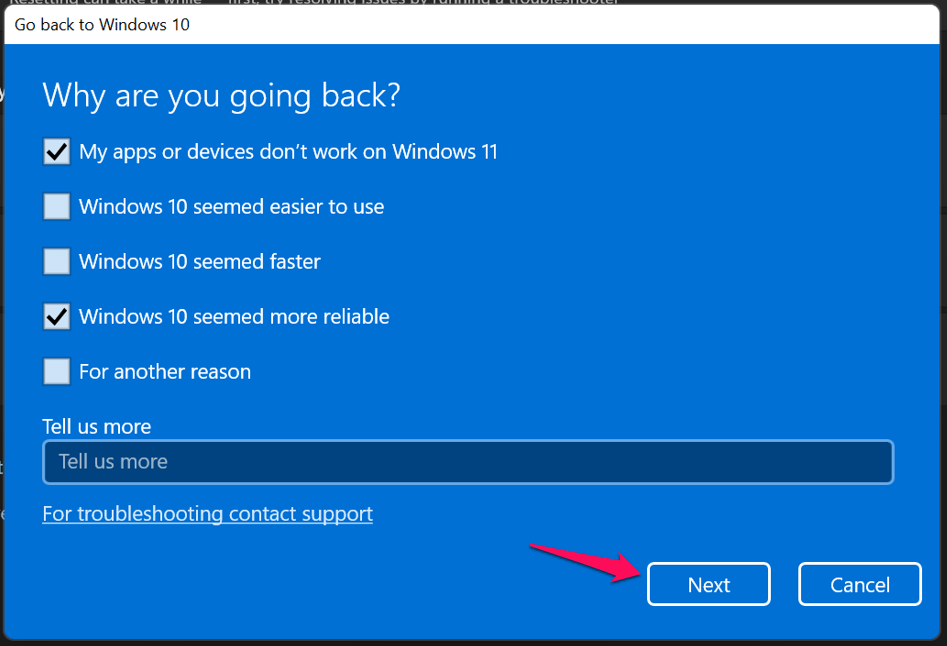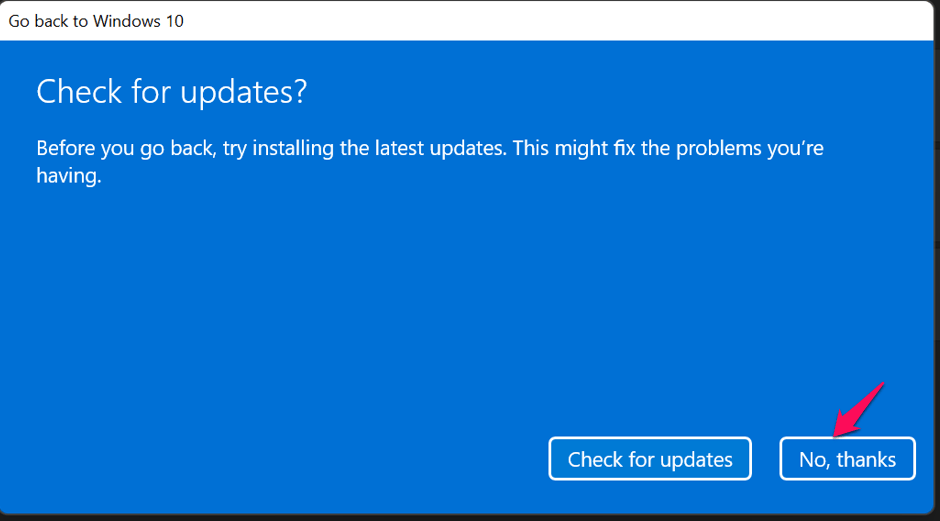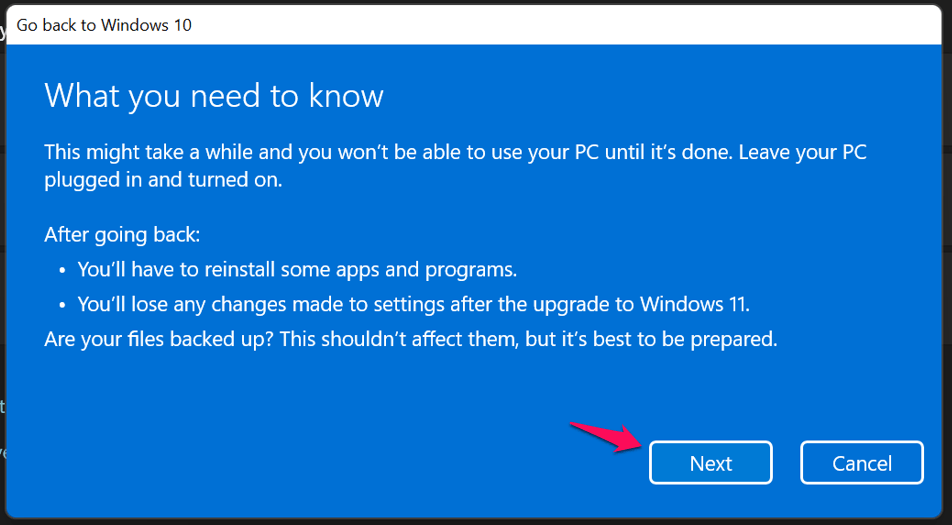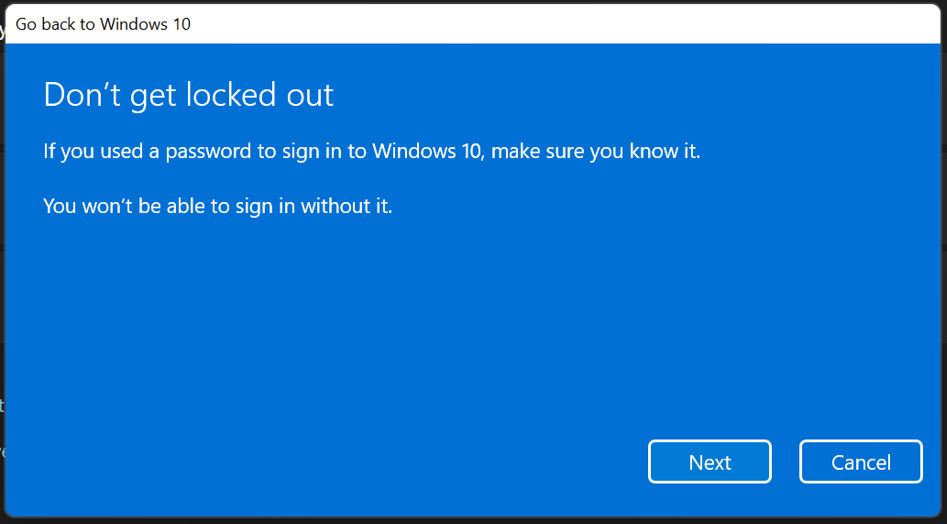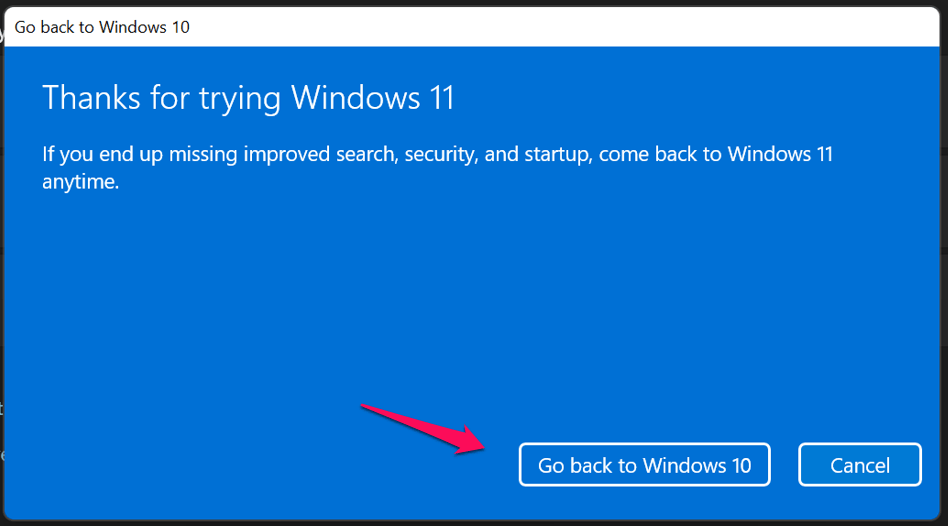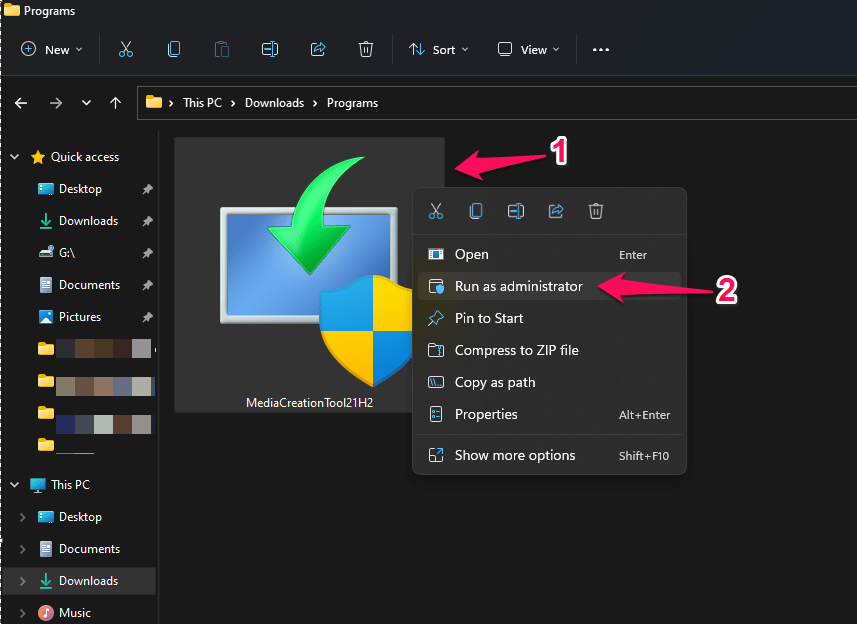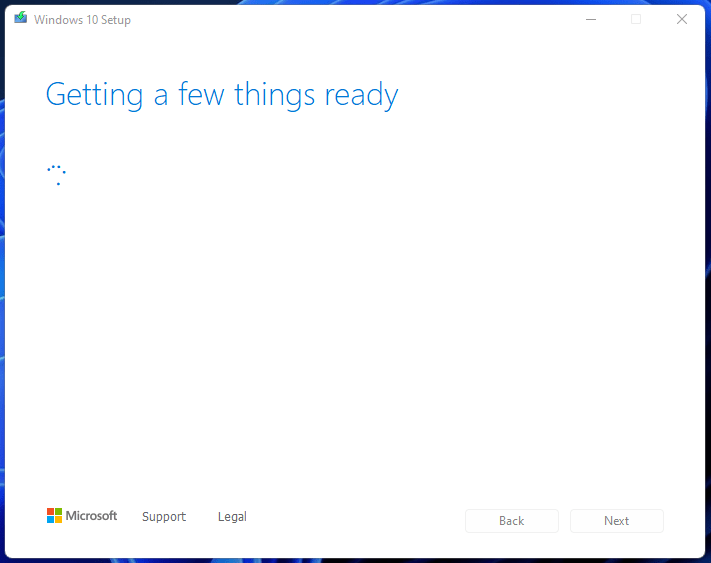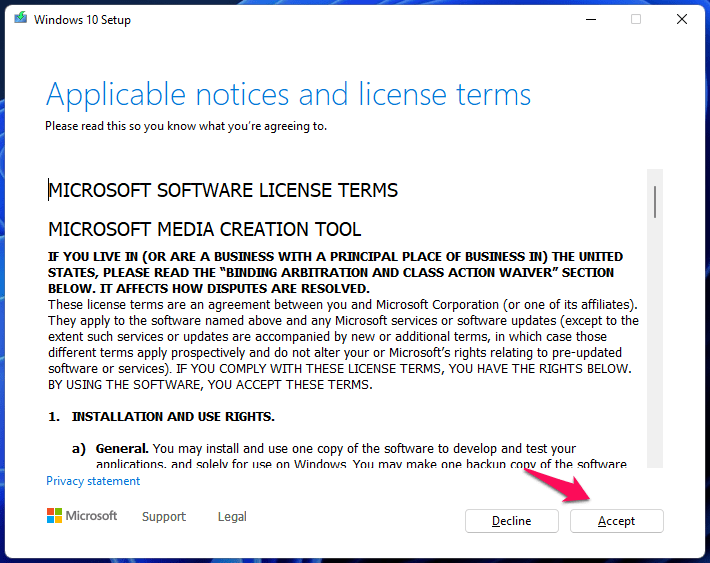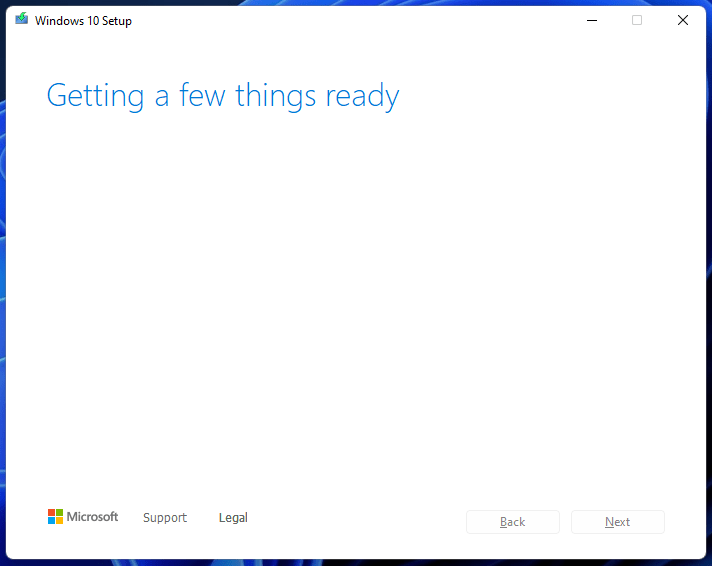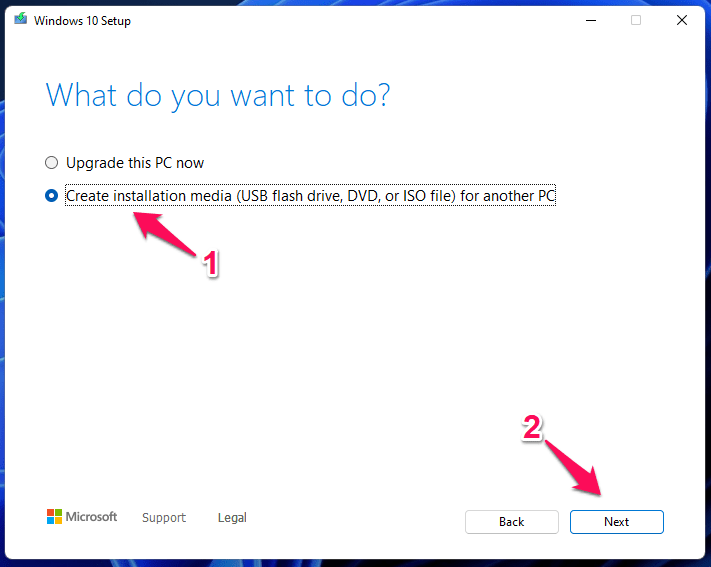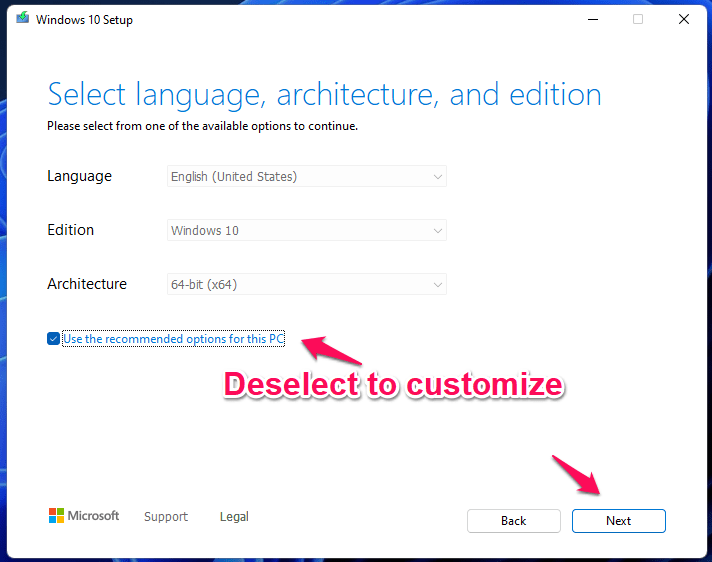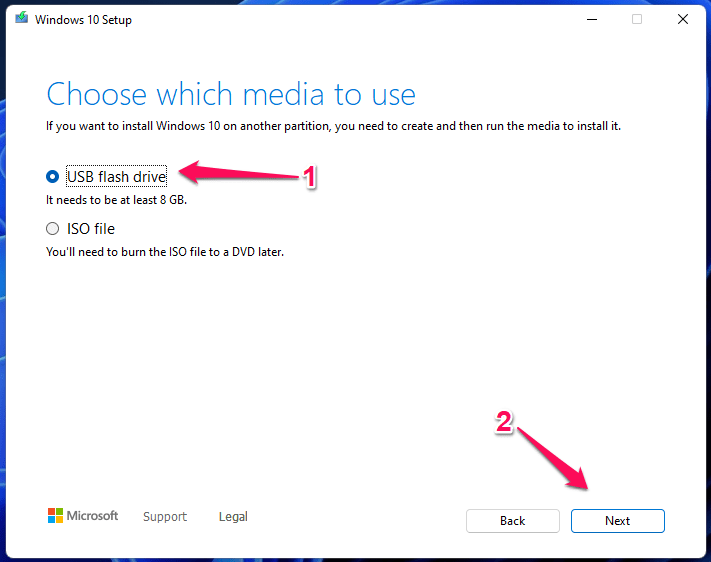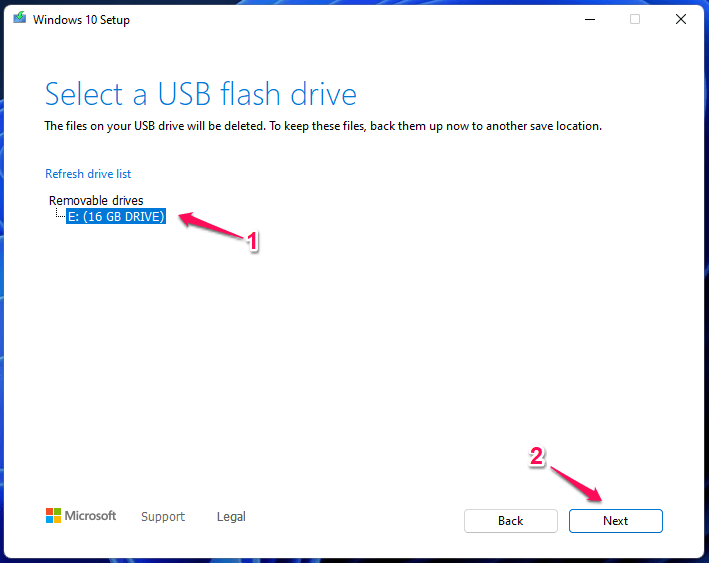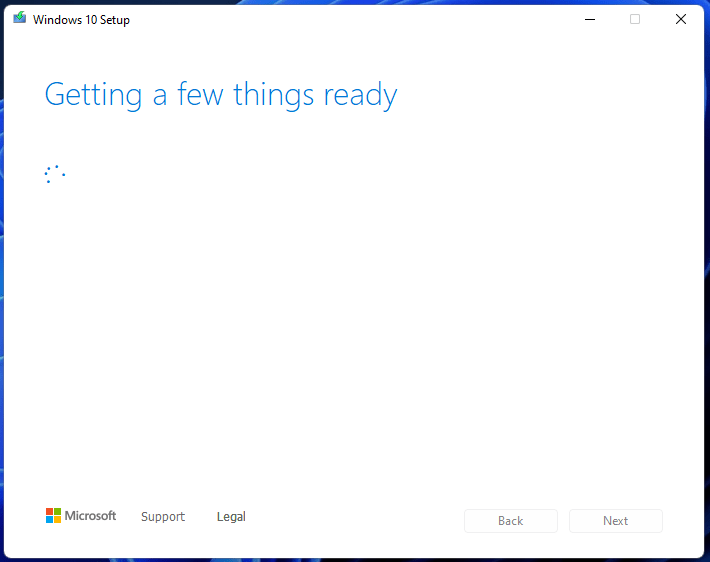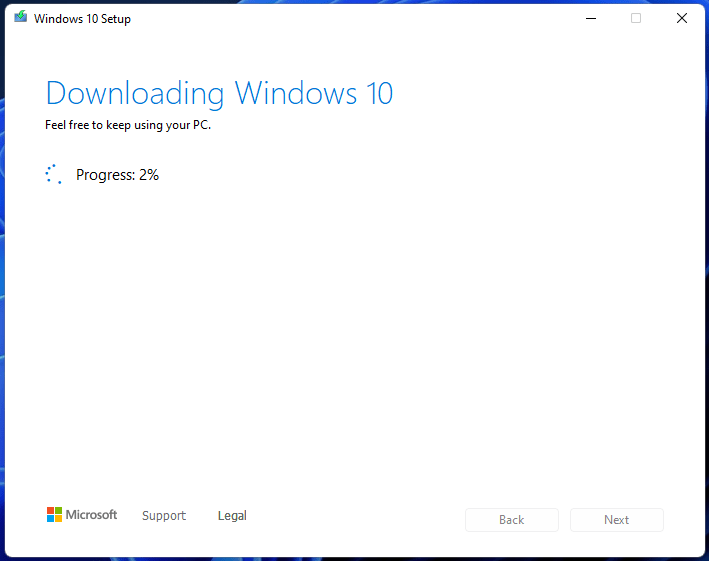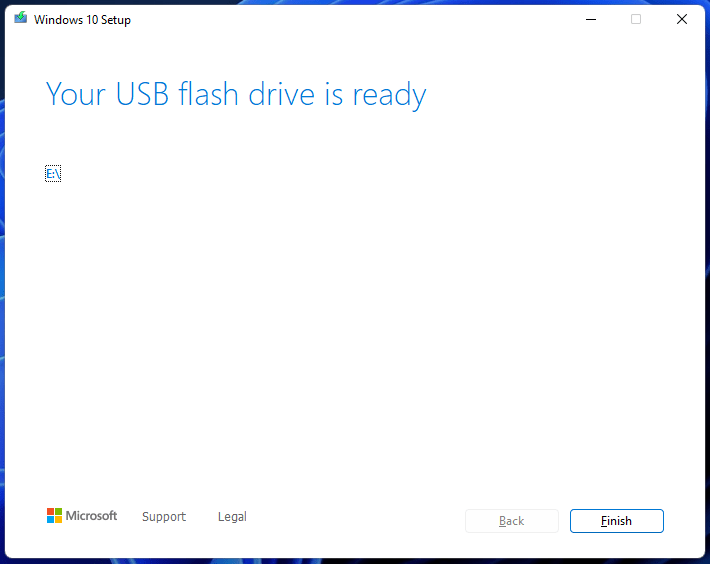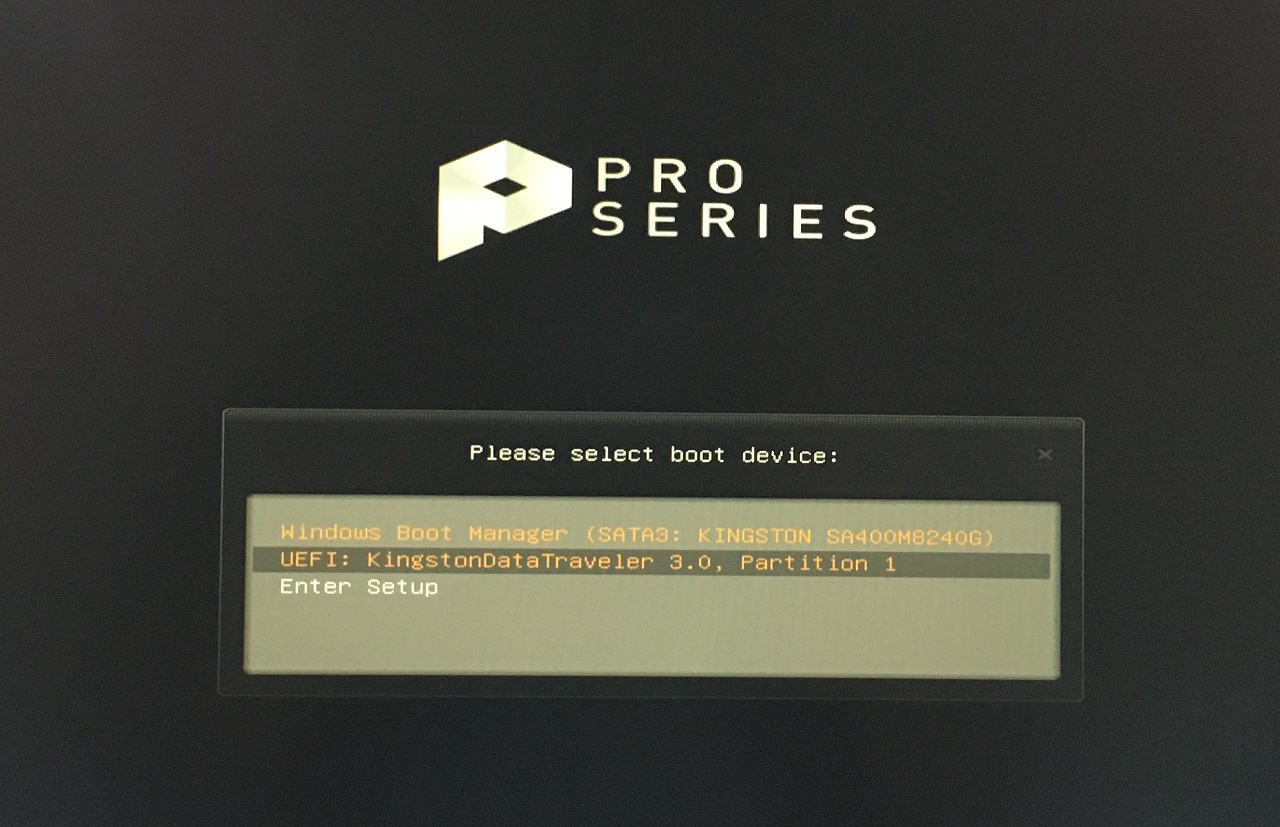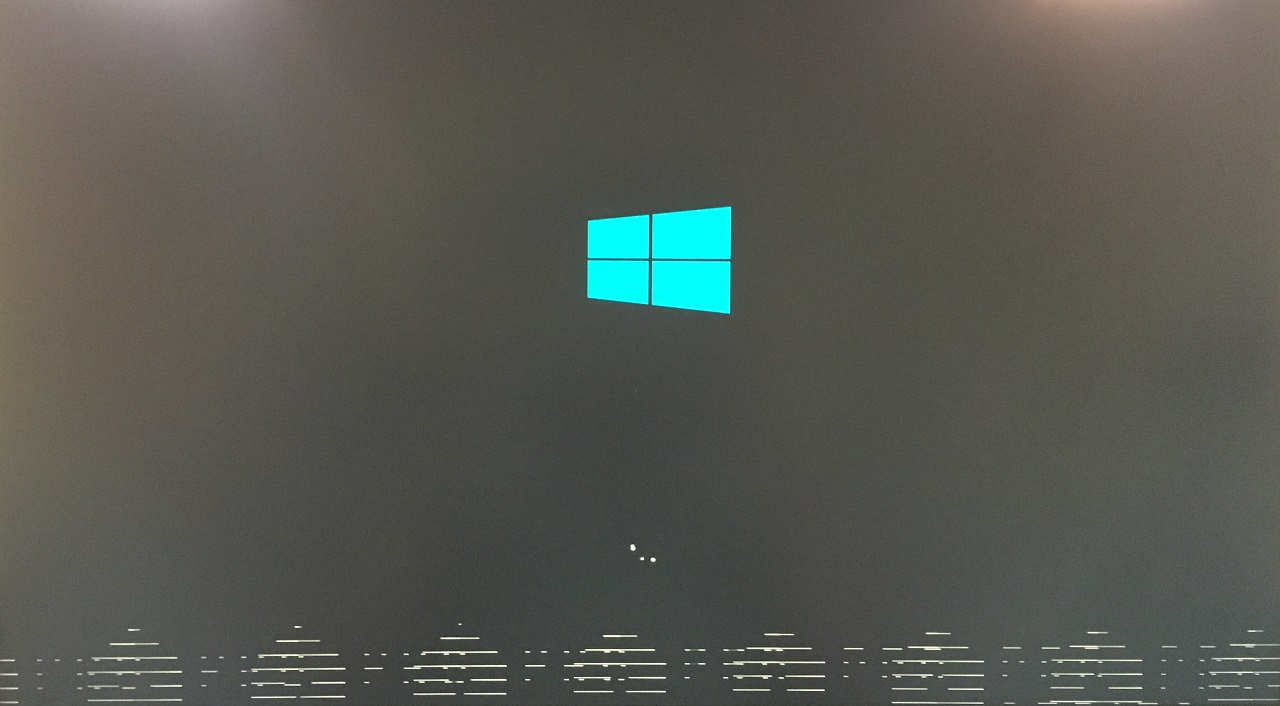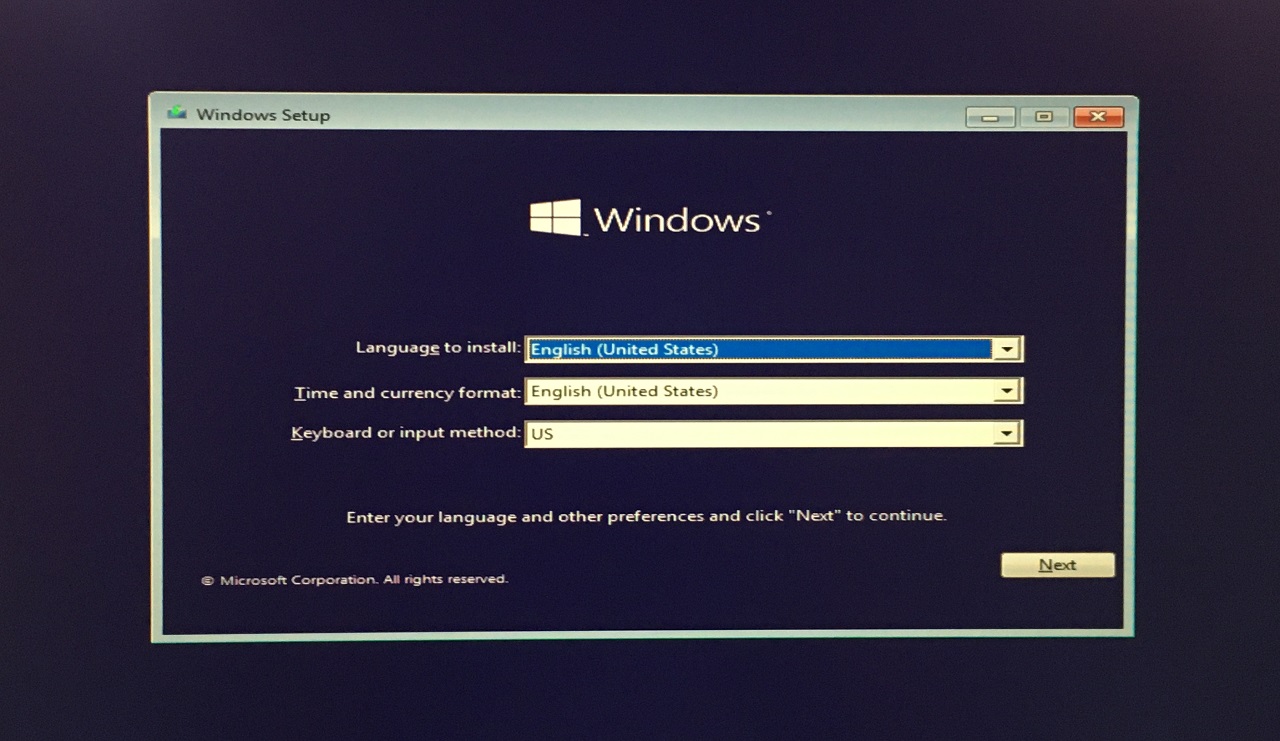What is HIDCLASS.SYS error in Windows 11/10?
Let’s look at the 11th edition as a facelift from the Windows 10 operating system, and it didn’t bring drastic changes to classify the software as an upgrade. There is no doubt that Windows 11 is eye-candy, and I don’t recommend that non-technical users upgrade the software. We have to understand the HIDCLASS meaning and what it stands for to prevent the issue from returning again. Let’s split the term and focus on HID only. HID stands for Human Device Interface, and it involves devices like mice, keyboards, removable devices, printers, so on. Windows is unable to process an input device, resulting in the HIDCLASS.SYS error in Windows 11. Let me give you a few reasons, and you may relate to the problem. a. Gaming Mouse/Keyboard Windows is the go-to software for gaming, and there is no alternative available in the market. I own a gaming mouse, and it has custom drivers to deliver maximum performance. The sensor is compatible with Microsoft Basic drivers, but it won’t deliver the same drivers. My vendor is Logitech, and Windows will crash if the proprietary driver doesn’t work properly. b. Printers You might be trying to print a copy or PDF file, and it may have triggered the HIDCLASS.SYS error. I want to point out that Microsoft Basic drivers support most printers out there, and Windows Update automatically installs the latest compatible drivers. We have to rectify the issue by checking the latest drivers update list. c. Drivers Windows 11 is the latest edition, and the chip manufacturers are working in the backend to provide updated drivers. There is no doubt that the manufacturers have stable drivers for the latest Windows version, but it’s not 100% stable. I’m having issues with AMD Radeon Software for several weeks, and it is persisting I have switched to the non-application version. d. Faulty Drive Millions of Windows laptops/desktops are running old mechanical hard drives, and they are super slow. I’m convinced that HDD technology was the bottleneck all these years, and I’m not surprised that Solid-State Drive (SSD) has replaced the old hard drives. Your HDD might have bad sectors, and it’s having problems loading the drivers resulting in the system crash. Of course, I would say the same for the SSD, and there is no rule that Solid-State Drive doesn’t create problems in the machine. e. Faulty Memory RAM is a crucial component in the computer, and it is responsible to load the temp files. Faulty memory can lead to HIDCLASS.SYS error in Windows 11, and I will show you how to confirm the suspicions. f. Hardware Temps Many users and experts ignore the laptop/desktop temps. You shouldn’t ignore the rising temperature in the Windows machine, and it causes the chips to overheat and degrade the component life faster. Do not ignore the caution because we don’t know the root cause of the crash yet.
1. Windows System Temperature
Laptop owners can tell if the system is overheating, and they can give you a detailed report on it. However, it’s a different story on the desktop owners’ side, and we wouldn’t know about the overheating components until one of them fails. Computers have physical temp sensors, and they provide real-time temperature information on the components. Let me show you how I monitor system temperature.
Desktop with Dedicated Graphics Card:
On one hand, you have a screenshot from an AMD Ryzen with RX 570 machine.
Laptop with Integrated Graphics Card:
On other hand, you have a screenshot from an Intel Core i3 variant with integrated UHD Graphics.
Average Idle Temps: 40° – 48°
Average temps during workload: 60° – 75°
You should keep an eye on the CPU, GPU, storage, and other components’ temperature. You should immediately take action if one of the hardware components is overheating. Many laptops don’t have excellent thermal solutions, and the CPU/GPU reaches 90° temperature, which degrades the performance. Contact your manufacturer and ask them to resolve the problem or refund the amount.
2. Diagnose Memory Module
Windows load program data, system files, and other important temporary files in the Random-access memory (RAM). There is a potential that the module is faulty, and it is failing in the middle of the session. Of course, there is no doubt that your machine is booting up and working smoothly for a few minutes or hours. It is ultimately crashing due to the faulty memory or dying memory module. We don’t have to jump to conclusions and let the inbuilt tools take on the task instead. You can use Windows Memory Diagnostic Tool and find the memory module health. You should reschedule the plans because the module diagnoses take up to forty minutes to finish.
Click to reveal the Start menu and open the “Windows Memory Diagnostic” tool.
A new window shows up on the screen, and click on the “Restart now and check for problems (recommended)” option.
Your system restarts, and the first testing phase begins.
You don’t have to wait around since Windows Memory Diagnostic automates the rest of the task. Look at the “Status” option on the screen, and you will find the problems listed over there.
The second diagnosing phase begins, and you have to wait for a few minutes.
The WMD tool automatically restarts the machine and boots into the login screen. Go to the desktop, and it will notify you if there are any problems in the memory module.
3. Uninstall Recently Installed Drivers
Usually, I choose to update the operating system, and it is important to make the software one step towards stable status. However, you should take a step back, and the chip manufacturer might have messed up this time. The latest Windows update might have created a problem in the system, and I will show you how to uninstall updates from the system.
Open “Settings” from the search bar.Select “Recovery” in the System.
Click on the “Restart now” option.
The confirmation pop-up shows up on the screen, and click on the “Restart now” button.
Your Windows PC restarts and click on the “Troubleshoot” option.
Select “Advanced options” to view more.
Click on “Uninstall updates” from the options.
Choose one to continue.
You should start with quality updates, then feature updates.
Click on the “Uninstall quality updates” button.
You can reinstall the latest software updates in the system later on. Many Windows users upgraded the software on incompatible hardware, and you should avoid it.
4. Diagnose Storage Drive
Windows 11 is a demanding operating system and requires a healthy storage drive to run day-to-day operations. Most of the Windows 10 laptops have slower hard drives, and they may have bad sectors. If possible, you should run an in-depth check on the hard drive and repair the bad sectors. Microsoft bundled built-in a tool in the command prompt, and you can use it to identify the bad sectors in the drive.
Run Command Prompt as an administrator in the machine.
Copy and paste the chkdsk C: /f command.
The alphabet C stands for Windows installed drive. Of course, you can come back and check other partitions or storage drives for bad sectors.
Type the Y key and press the “Enter” key.
The command prompt confirms the action.
Save the work in the background and close the programs to restart the machine.
Windows software allows the users to skip the CHKDSK command.
“To skip disk checking, press any key within x seconds(s)”. Do not press any key and let the CHKDSK command take over the scanning process.
Let CHKDSK run the disk checking process.
The traditional hard drive (5200rpm) takes a minimum of fifteen minutes to finish the process. Meanwhile, the faster Solid-State Drive takes less than five minutes to finish the disk checking process. You should keep the consumed disk size in mind, and it takes longer to finish the scanning process if the drive capacity is full.
5. Go Back to Windows 10
Millions have upgraded the operating system to Windows 11. Microsoft has added an option for the users to go back to Windows 10 version. I have installed Windows 10 on a six months laptop, even though the hardware meets the system requirements. The latest Win 11 is not smooth on Ryzen 5 3500U with Vega 8 Graphics. I wouldn’t use the word “downgrade” since I don’t consider Windows 11 as an upgrade.
Open “Settings” by pressing Windows Key + I together.Choose “Recovery” under the “System” menu.
Click on the “Go Back” button.
Connect the charger of your laptop and do not unplug the power cord until the process is finished.
Choose a valid reason so Microsoft developers can figure a solution later down the line.
Click on “Next” once you are done.
Click on “No, thanks” to continue.
Make sure to read the warning, then click on the “Next” button.
Click on the “Next” button, but make sure to memorize the lock screen password.
Click on the “Go back to Windows 10” button.
Your Windows machine restarts, and it will work in the background. Leave the machine alone and stay back until the Windows 10 lock screen shows up on the screen. Unlock the screen, and you have successfully switched back to the earlier version.
6. Reinstall Windows 10
I have installed Windows 10 from a bootable USB drive, and I made the decision due to Windows 11 transitions were not smooth. The Ryzen 5 (3rd gen) laptop has a good 4-Core + 8-Threads processor and 8GB RAM (6GB available). I replaced the slower hard drive (5200rpm) with an entry-level Solid-State Drive, yet the transitions are not smooth at all. Nonetheless, you can create a bootable Windows 10 drive and reinstall the software. Note: Find the hidden Windows product key before proceeding, or you will lose the product key. You need a 16GB USB flash drive and back up the machine so you won’t suffer from data loss.
Download the Windows Media Creation Tool and run it as administrator.
Read the terms and conditions, then click on “Accept” the agreement.
Let the Media Creation Tool connect with the Microsoft servers.
The setup file might take a few more minutes, and you need an active internet connection to download over 6GB file.
Select the second option, then click on the “Next” button.
Upgrade this PC nowCreate installation media (USB, DVD, or ISO file) for another PC.
You have to choose the second option, and it will create a bootable drive in a USB drive.
Customize the preferences, then click on the “Next” button.
Select “USB flash drive” from the options.
Choose the connected USB flash drive, then click on the “Next” button.
Microsoft’s program is preparing for the task.
Windows 10 files downloading from the official Microsoft servers.
Click on the “Finish” button.
Restart your PC to choose a bootable USB flash drive.
Windows setup file boots up and ignore the disintegrated loading graphics.
Now, you can begin the Windows 10 installation.
There are a million setup videos on Windows 10 installation from a bootable USB drive. Don’t give up here and keep moving on since this learning will come in handy later down the line.
Bottom Line
My Windows 111 machine faced HIDCLASS.SYS error multiple times over the months. There is no doubt that Windows 11 software is unstable due to a lack of drivers support. We shouldn’t blame the manufacturers for not updating the downloads library. We have to wait for the manufacturers to release newer software and drivers’ updates. My Intel Core i3 (11 gen) has no flaws, but I have issues with AMD Ryzen machines. Let us know what caused your Windows PC to crash with HIDCLASS.SYS error on the screen. If you’ve any thoughts on How to Fix HIDCLASS.sys Blue Screen Error on Windows 11/10?, then feel free to drop in below comment box. Also, please subscribe to our DigitBin YouTube channel for videos tutorials. Cheers!
Google Chrome is Slow on Windows 11: How to Fix How to Use Outlook Mail on Windows 11? How to Fix Recovery Error Code 0xc00000e9 on Windows 11?
Comment * Name * Email *
